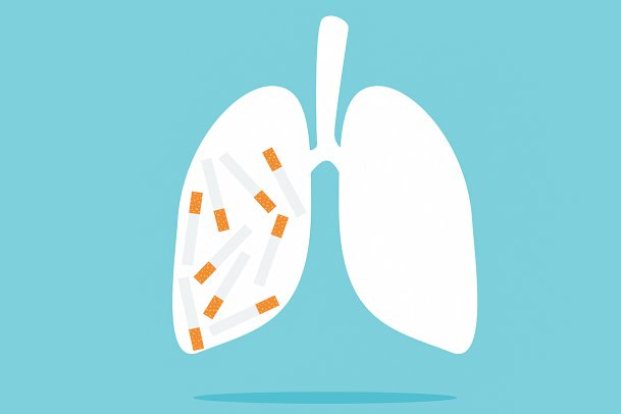Environmental Risk Factors for Lung Cancer
Apr 19, 2022
On October 2013, the World Health Organization (WHO) declared that environmental pollution can cause lung cancer; Until then it was considered a risk factor, but the studies of the International Agency for Oncological Research (IARC), declared that environmental pollution is as dangerous as exposure to asbestos, tobacco, and radiation.

Exposure to asbestos
Working in the asbestos presence (such as in mills, mines, textile factories, places where insulation material has been used, and shipyards) can increase the chances of lung cancer by multiple times. The risk of pulmonary cancer is high in workers exposed to asbestos who also smoke. It is not clear how much the risk of lung cancer can increase on exposure to low levels of asbestos.
Environmental pollution
In cities, air pollution (especially near roads with heavy traffic) seems to slightly increase the risk of lung cancer. This risk is much lower than that caused by smoking, but some researchers estimate that worldwide around 5% of all deaths from lung cancer can be due to outdoor air pollution.
Oncogenic viruses
oncogenic viruses have been extensively studied in relation to certain types of lung cancer, the least related to smoking.
The role of papillomavirus in the genesis of a particular type of cancer – squamous carcinoma – has been highlighted by analogy with cervical, anorectal, cutaneous or upper respiratory carcinomas. Unlike these localizations, however, the association of lung cancer + papillomavirus has been identified in a small number of cases.
Occupational Exposures
In the asbestos industry, the risk of cancer is 4-5 times higher; uranium mines are prevalent epidermoid cancer and small cell cancer; the incidence is also higher for those working in the industry with chloromethyl, methyl ether, nickel, chromium, arsenic smoke, iron oxides, coal combustion products, radiation. The combustion of hydrocarbons such as gasoline and diesel suspend microscopic particles that can be deposited in the lungs and cause lung cancer, experts concluded after reviewing more than a thousand studies on that topic.
Genetic factors
Some observations verify the possibility of family ties (to prove the hypothesis: that cancer lung is hereditary). Thus, it has been shown that first-degree relatives of lung cancer patients have a 2-3 times higher risk of developing cancer and this often is unrelated to smoking.
Radon exposure
Radon is a radioactive gas that naturally originates when uranium breaks down in the soil and rocks. You cannot see, taste or smell.
In the outdoor environment, there is so little radon that it probably is not dangerous. But inside, radon can be more concentrated. Breathing it exposes the lungs to small amounts of radiation. This can increase the individual risk of lung cancer.








